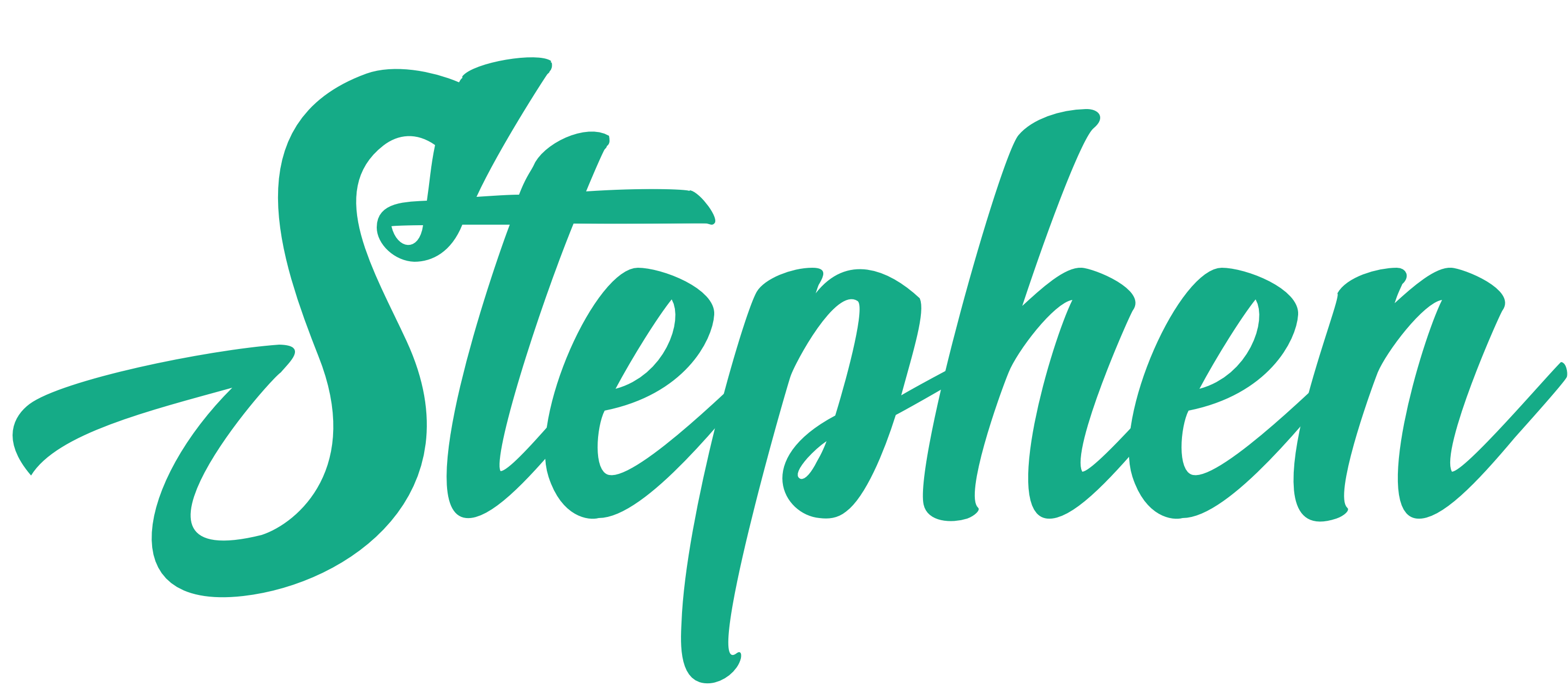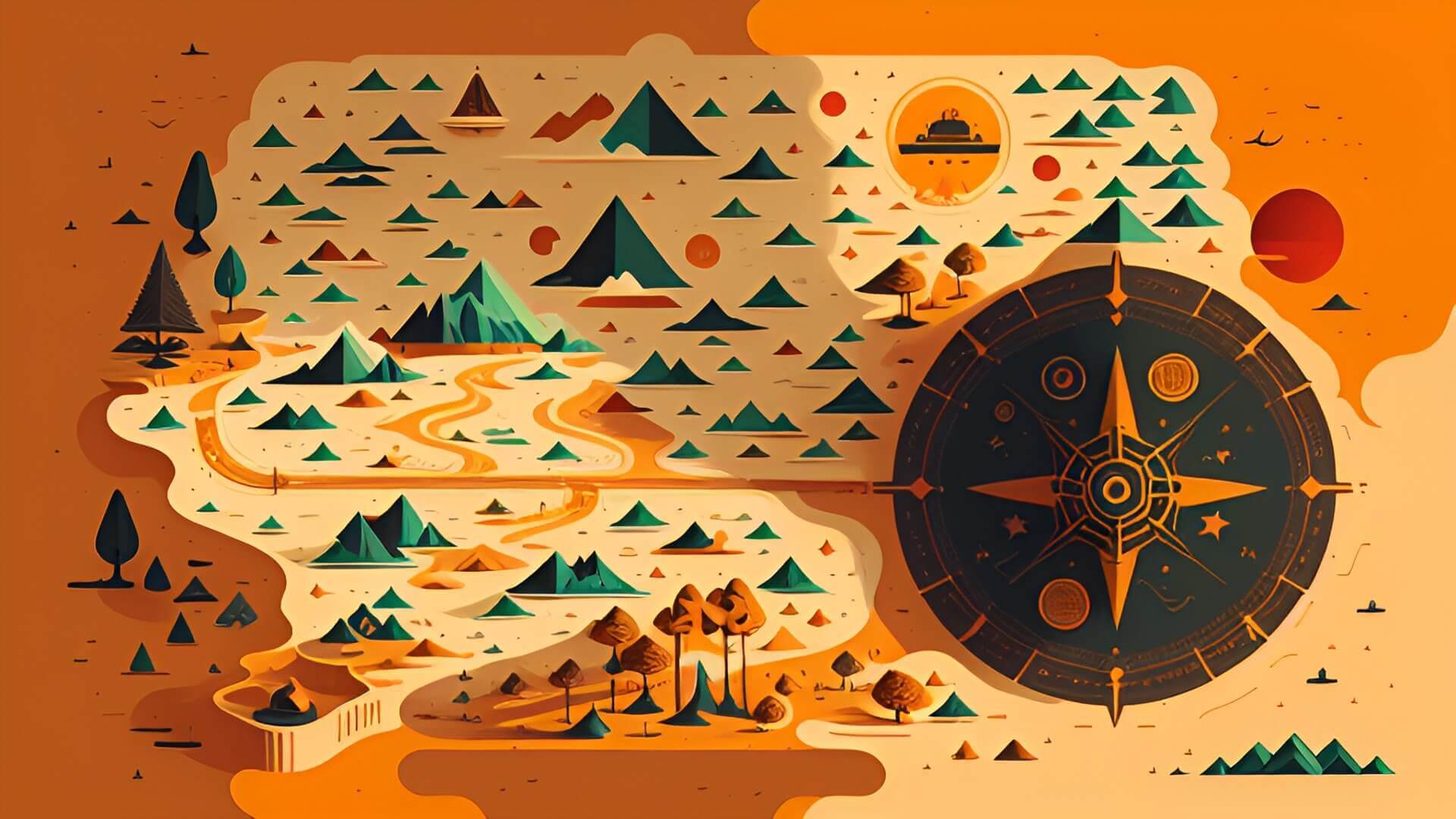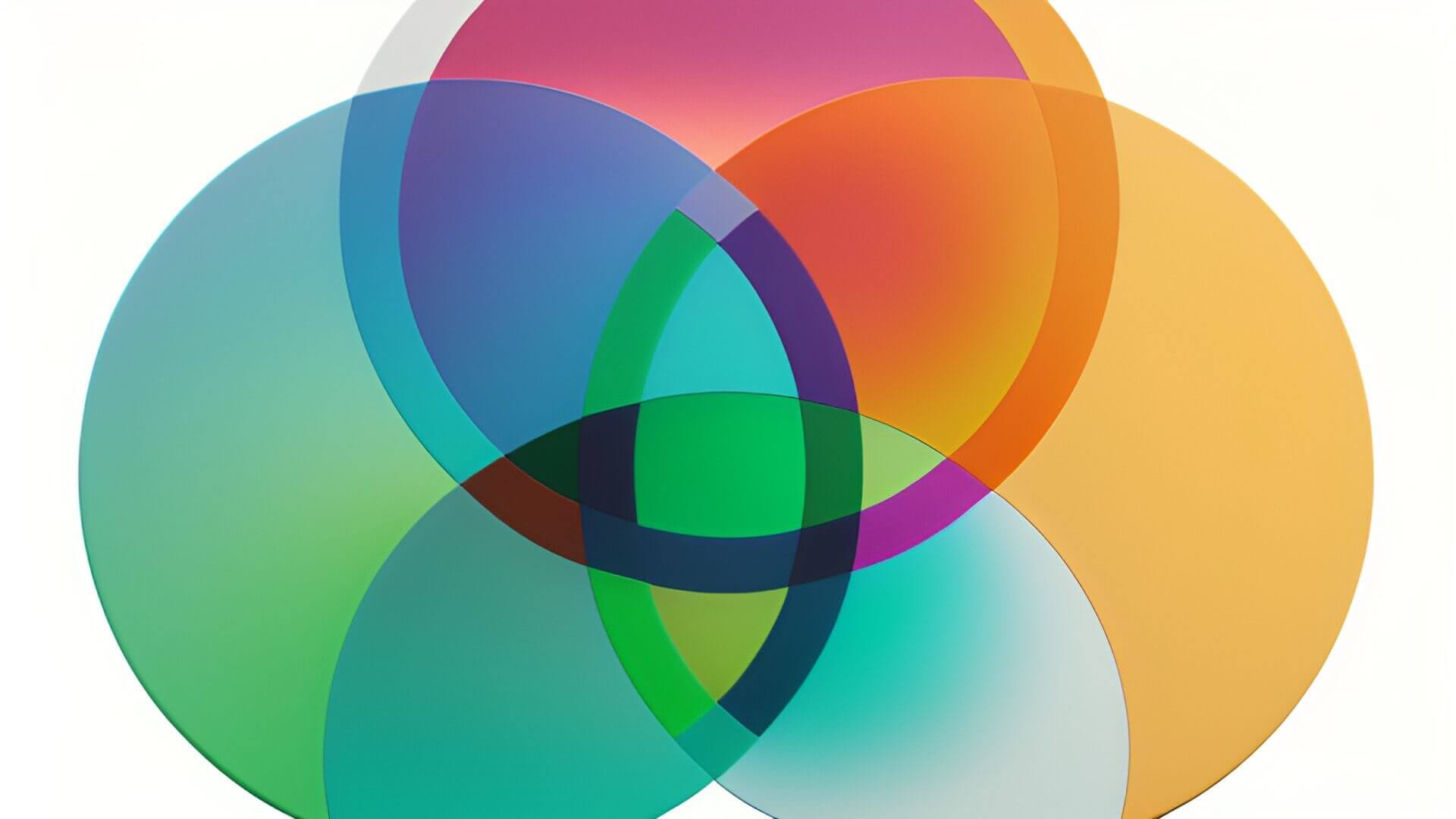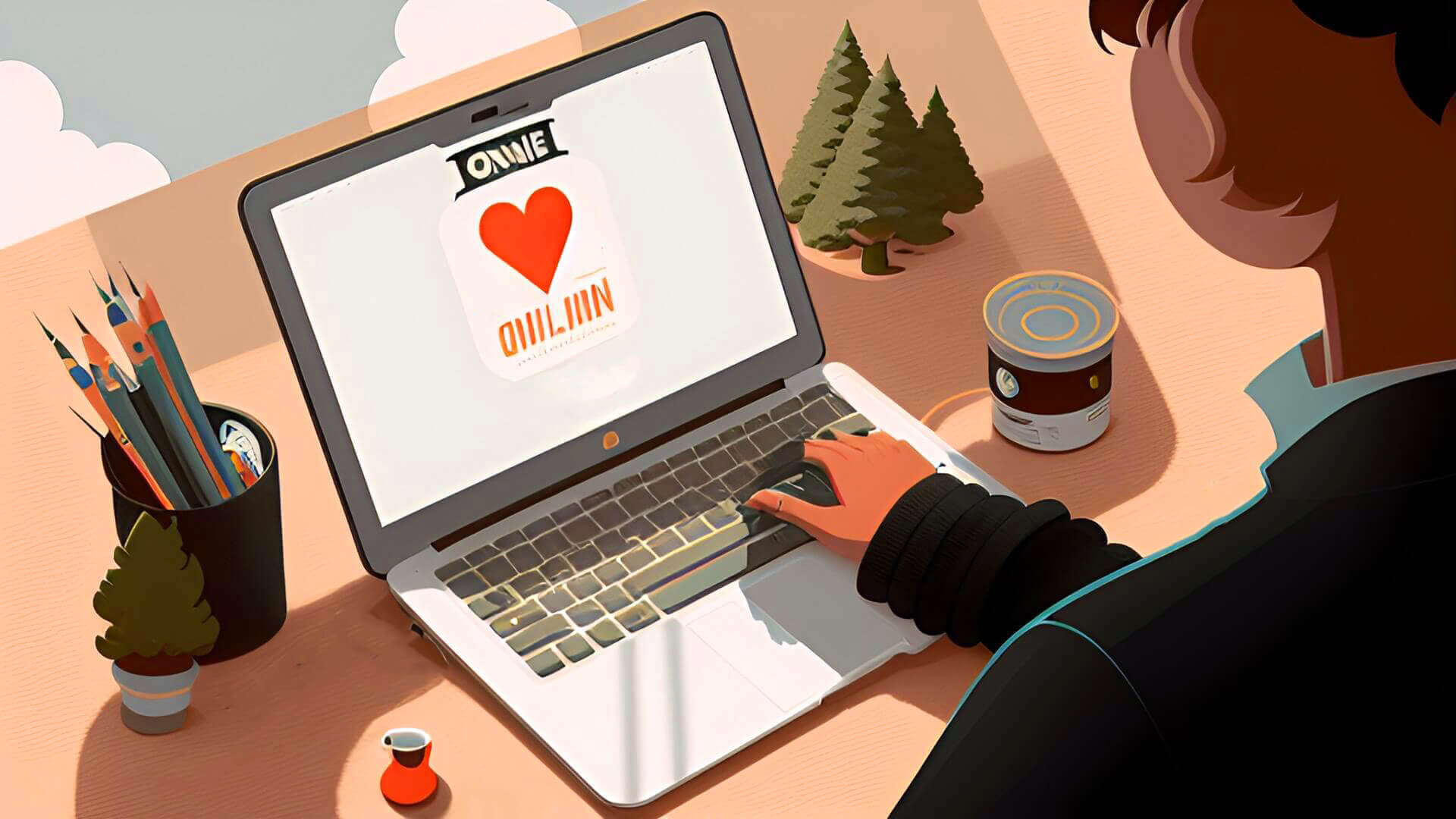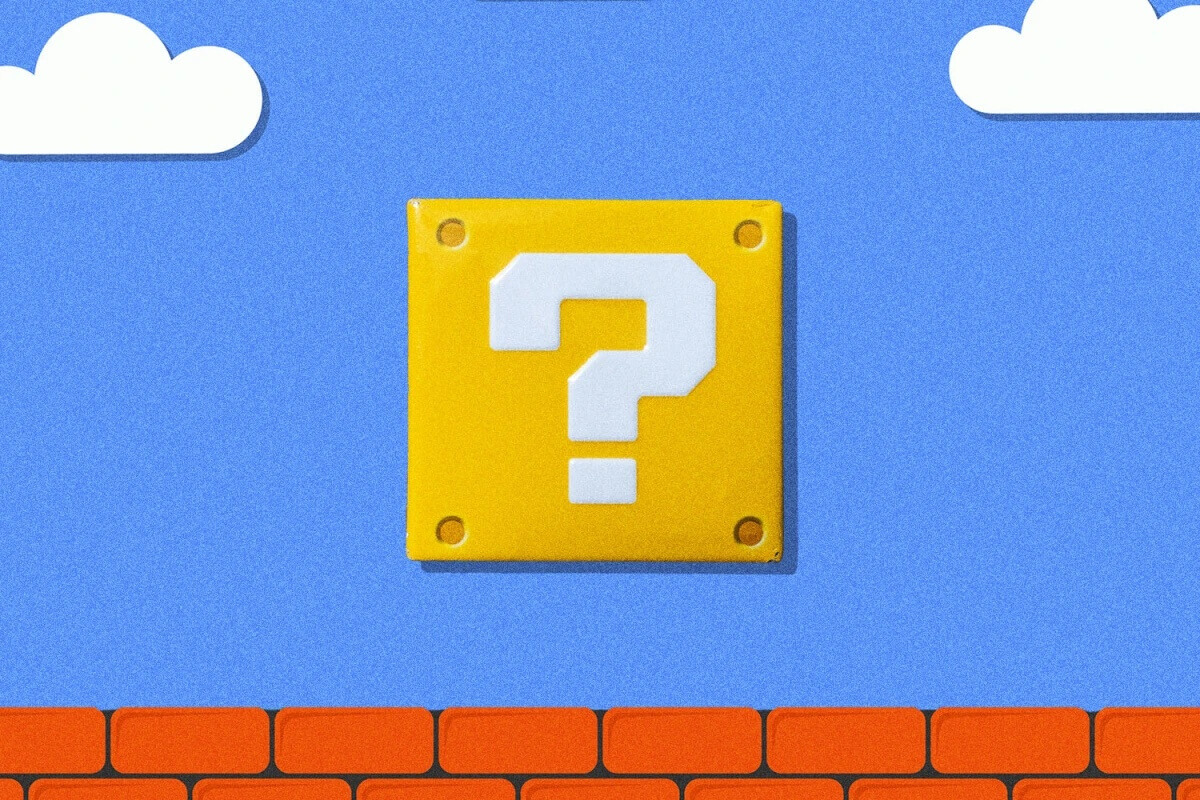Imagine you’re about to go on a hike. You’re heading into the wilderness, finding a mountain, and going to the top!
That plot twist is that you’re completely unprepared: no equipment, no map, and no idea of what’s ahead. Also, you’ve never gone on a hike before.
While I appreciate your sense of adventure, what you would need is a guide.
You need someone who’s been up that mountain and can show you each step up the path to the top.
For the donor, you are their guide up the donor mountain.
The donor mountain is a donor’s journey from not knowing anything about your organization to being an active, recurring supporter, and advocate.
Just like hiking up a mountain, a donor’s gift doesn’t happen in one, quick move.
There are multiple decisions and actions that they have to make to get to the point of giving a gift.
Should I open this email?
Should I click on the button?
Do I need to give right now? Why not tomorrow?
Do they really need my phone number?
Why should I give to this organization and not another one?
These are just a few of the many questions donors have to answer, as they climb the donor mountain and become an active, recurring supporter for your nonprofit.
Your job as an online fundraiser is to help them navigate the path to the top where they ultimately give a gift.
Help them understand why they should keep taking that next step up the mountain.
One tried and true tool that can help is a map.
Your Donor’s Journey Up the Mountain
What is the journey your donor takes to finally arrive at the point of giving a gift?
What is the path they need to walk to become a recurring giver?
Mapping out your donor’s journey means listing all the steps and considerations they must take to make a gift—and then writing out the strategy you’ll use to motivate them to go from one step to the next.
You may be familiar with other donor journey models—like a donor lifecycle or funnel. I like the idea of a donor mountain because this image accurately portrays how involved you have to be in the process as a guide.
People don’t fall into giving as in a funnel.
And people don’t grow into being donors naturally as with the idea of a lifecycle.
I think it’s best to prepare yourself to guide your donors through their journey up the mountain.
Unaware
At the base of the mountain is a phase where your potential donor isn’t even aware of your nonprofit.
It could be that they don’t even know that there is a need in the world like your mission.
At this stage, when your social media post or digital ad reaches the person, you want to share your value proposition at its highest level.
Why should they give your nonprofit their attention rather than continuing to scroll on?
Here we can move them to the next step by giving them a reason to.
Different strategies can work well here to earn their attention.
“Potential donors should give me their attention because…”
- The need is so great
- Other people are involved, so they should be too
- They may have suffered something similar
- They can be the hero they want to be
- Something needs to be stopped
Discovery
Let’s say that your potential donor has made the decision to climb the donor mountain.
Now they have entered the discovery phase.
They are going to investigate more about you, the campaign, and your value proposition.
The discovery process is very important as the donor is trying to figure out if you are the right nonprofit for them.
In other words, does your cause resonate with what is important to them?
At this point it’s critical to think like a Sherpa, the incredible indigenous mountaineers in Tibet that guide thousands of people up the slopes of Mt. Everest each year.
You are there to guide them up each and every step.
At this point in the donor journey up the mountain, your website becomes critical.
Each page should reinforce your value proposition clearly—and invite donors to participate in the story.
Why should your potential donor give to you rather than another organization?
No matter what page they’re on, they should see some version of an answer to this question.
For example…
Your About Us page should show how the leadership, history, or values of your nonprofit make you the best choice for the donor.
The “Programs” page should introduce visitors to activities, outcomes, and possibilities that are enabled through the generosity of donors.
Testimonial pages should highlight stories that validate the value and impact that donors can make through your organization.
No matter the page, the value proposition must come through clearly so your donor can discover the reason why they should go to the next step up.
Desire
As a visitor moves through your landing page or website, it’s important to always give them that next step. And when appropriate, that next step might just be to make a gift.
Your goal at that point is to show them why they should give now rather than later.
Here are some strategies you can use to show the urgency of giving now rather than later.
- Natural Deadlines: This applies to any kind of naturally occurring deadline like a change of the season (e.g., Christmas giving) or natural phenomena (e.g., give before the next harvest, give in the aftermath of a natural disaster)
- Program Deadlines: Perhaps your donor should give before a certain program closes or opens. (e.g., give before our new students arrive)
- Arbitrary Deadlines: These are soft deadlines that you can still use to show urgency. (e.g., give before the end of the month to stop hunger)
- Premium Deadlines: If you’re giving away a premium, you can set an end date for the premium campaign and use that as the deadline. (e.g., give before the end of the month to get your free copy)
Giving
Once the donor has taken the step to make a gift—this is the summit of the donor mountain.
This is where the donor gives online, writes a check, or signs up as a volunteer.
It is the desired action that you want them to take, and they have decided to follow you all the way to the top!
But please don’t stop here.
There are more peaks calling.
Recurring Giving
While the donor is making their gift, why not ask them to go up another mountain?
Another mountain that’s close-by and easy to climb, I mean.
On the same giving form where the donor is making their gift—the donor can easily turn their gift into a recurring gift.
But like every mountain, you need to guide them and show them why that action is important.
By making that choice, your donor can…
- Exponentially increase their impact in this area that’s so important to them.
- Provide support that the beneficiary can depend on month after month
- Make giving a priority without it becoming a hassle
There are many reasons to turn a gift into a recurring gift, but don’t assume that your donor understands how important it is.
Placing well-written copy next to the recurring gift checkbox can be all that the donor needs to understand why they should climb that mountain and increase their impact.
What does your donor journey look like?
I should say here that not all donor journeys will look exactly alike.
Perhaps your organization has a journey or multiple journeys that look a little different.
The important thing is to have the journey mapped out.
Having it written out allows you to identify ways that you can help guide your donors further up the donor mountain.
If it’s not written down, it’s hard to understand where your donors are at and what information they need to make the next step.
Enjoy the journey of helping donors climb their mountain!

